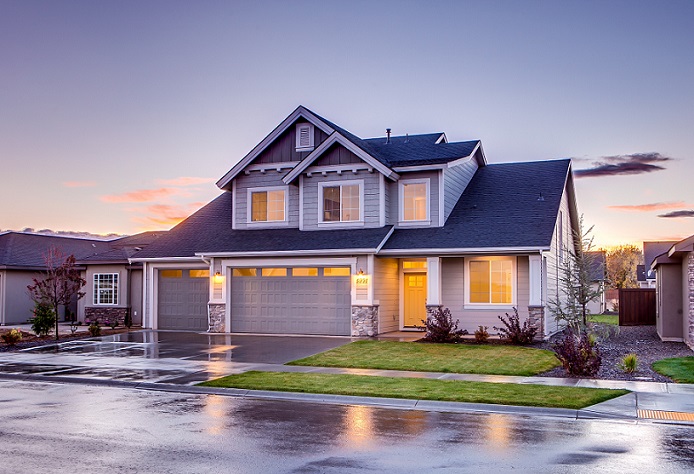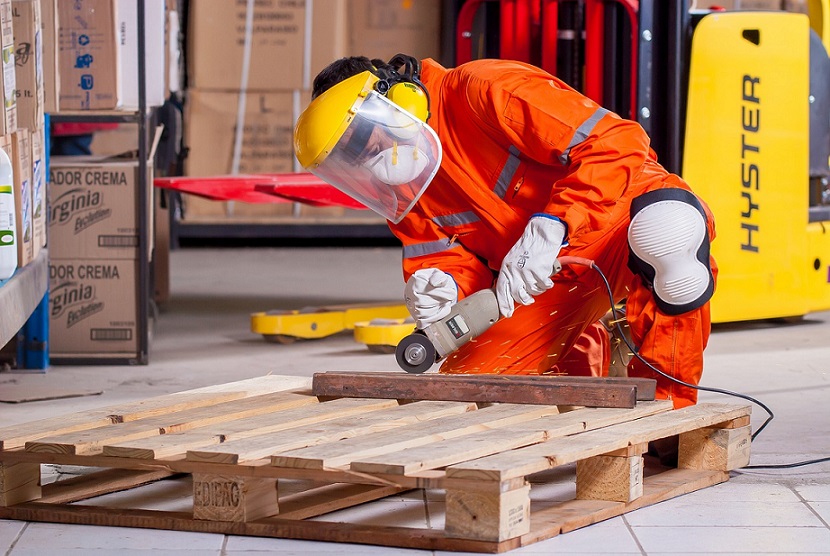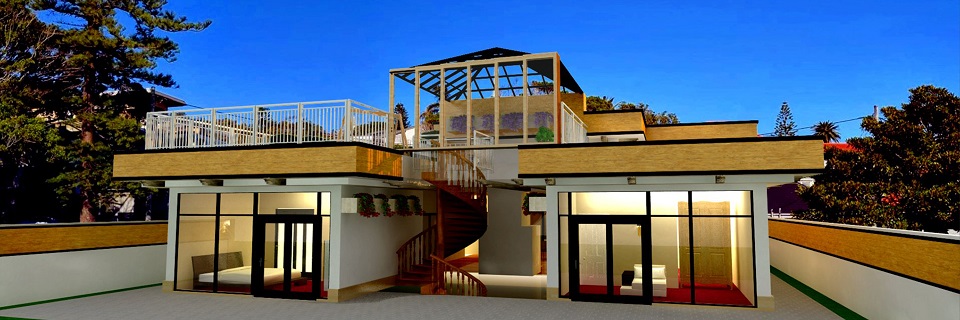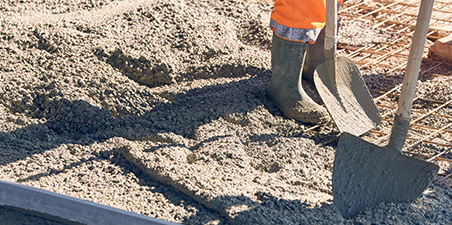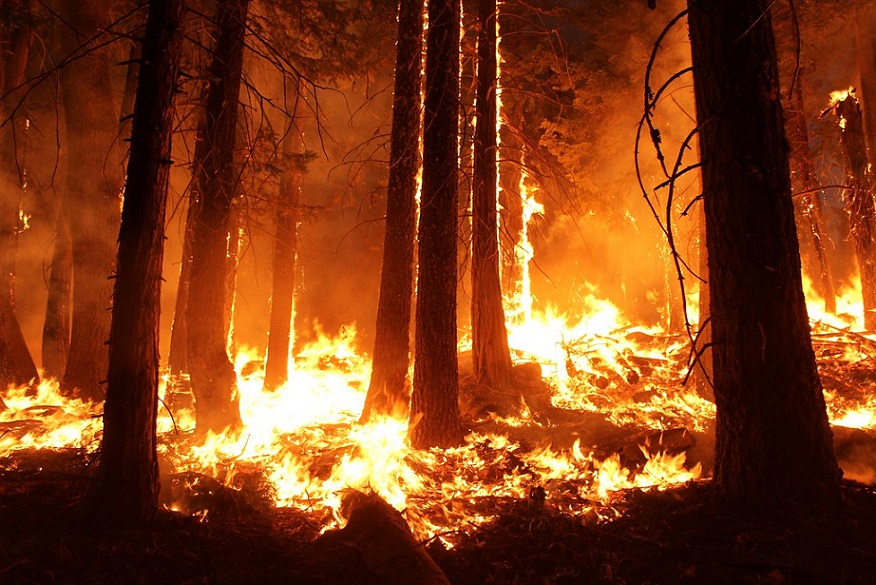
The California Wildfires
After nearly half a decade of drought, California has been dealing with an extremely active wildfire season prompting a state of emergency. As of August 27th, the California Department of Forestry and Fire Protection reported that there have been 4,270 fires across California this year, scorching more than 387,000 acres of land. Wildfires have become a major problem in California in recent years, stealing beautiful homes, sentimental possessions, and loved ones as they pass through. Personal items and property can be replaced, but the CDFFP notes that 7 people have already lost their lives this year as of August 6th to forest fire. Wildfires are destructive but unfortunately inevitable, so it is time that society focus on reducing their ability to spread.
Concrete vs. Fires
Home ignition is a huge contributing factor to the spread of wildfire. This is largely attributed to the fact that most homes are built out of wood frame. With so much devastation happening in our own backyards, homebuyers and builders alike need to take more care in choosing the best materials to build their homes out of- especially in areas prone to wildfire. Using a fire resistant material such as concrete to build homes can drastically change how wildfires spread and how much of your home is still standing after the damage has been done. This is one of many safety advantages to living in a concrete house.
Simply put, concrete does not catch fire like wood and many other building materials. While concrete technically does not burn, it will begin to break down under extreme conditions. In order to test this, solid concrete walls were exposed to continuous gas flames and temperatures of up to 2000°F for as long as four hours ₁. None of the insulating concrete forms or concrete walls failed structurally ₁. In contrast, wood frame walls typically collapsed in an hour or less ₁. Keeping in mind that the average surface fire on the forest floor can reach temperatures of 1,472°F, this seems like a much more suitable material for home building, as wood will burst into flame at a mere 572°F ₃. Under the most severe wildfire conditions, flame temperatures may exceed 2,192°F; a temperature that still may not compromise the structural integrity of a concrete home ₂.
What Concrete does
Concrete has also proven more resistant to spreading fire from one side of a wall to the other. In fact, concrete walls are frequently used in multi-family structures to block a fire from spreading into adjacent units. During testing, concrete walls did not permit flames to pass directly through, nor did it allow sufficient radiant heat to start the fire on the other side for 2 to 4 hours ₁. Unfortunately when it comes to wood framing, they allow both flame and fire-starting heat through the walls in an hour or less ₁.
Ultimately, it is important to consider building your next home out of concrete in order to reduce the fire's impact on your community and better protect your family and valued possessions against wildfire.
Sources:
1. Concrete Construction
2. Natural Resources Canada
3. HowStuffWorks






